Moganshan, an Easy Shanghai Weekend Getaway
新年好!
Happy Chinese New Year!
So it’s Chinese New Year, I have a long holiday, but I don’t have enough money to make it back to the states and I don’t want to join the throngs of tourists going to the Great Wall or Terracotta Warriors.
I wanted a holiday without the crowds, without breaking the bank, and without the hassle.
Getting Away From the City
The problem with Shanghai is that the closest getaways are Hangzhou and Suzhou, which are both huge, sprawling cities filled with so much congestion and clutter it’s actually more stressful going there than actually staying in Shanghai. Finding a nice, natural retreat from Shanghai can sometimes seem impossible. Therefore, I’d like to introduce two locations that are not only a short train ride away from Shanghai, but are also surprisingly vacant of the usual horde of Chinese tourists.
Moganshan
Everyone told me not to go to Moganshan because it’s only 3 hours away from Shanghai. It will be infested with people, they said. You’re going to queue on the mountain, my boss quivered. Just give up now, my co worker warned.
How wrong they were.
When you live in China, especially in the big cities, you sometimes forget that China actually has nature in it that isn’t horrifically polluted or filled with factories spewing tar filled toxins. Going to Moganshan helped remind me that there is natural beauty—even near Shanghai—and it’s definitely worth the travel and hassle to get there.
Moganshan used to be the retreat for China’s elite, such as Sun Zhong Shan, to “避暑” (escape the heat) during the humid and wet Shanghai summers. Now, it’s fast becoming a getaway resort with a slew of foreigners investing in the area and building luxury lodges for rich Shanghai ex-pats that want to get away. It’s easy to see why foreigners are shelling out almost 2,000 RMB per weekend to stay at lodges like Naked Retreat. It’s beautiful, it’s stunning—and most of all, it doesn’t have 100,000 Chinese people in it pushing and shoving you.
Moganshan is the name of just one particular mountain, but the area itself is actually a cascade of mountains tiled with bamboo trees. The surrounding area of Moganshan is actually where the movie Crouching Tiger Hidden Dragon was filmed, so make sure to bring your sparring swords for tree-top bamboo fighting. Like the movie so elegantly portrays, there’s bamboo everywhere. It’s above you, below you, all around you—hearing the rustle of the wind fluttering through the bamboo leaves above is peaceful, tranquil, and relaxing. It’s like no other place on Earth.
We went to Moganshan during the Chunjie holiday (peak season), and my friends and I climbed the highest mountain, TianQuanShan, located directly behind our hostel. The hike was vigorous, enchanting, peaceful, and most of all—empty. Four of us climbed the mountain, and throughout the journey we only ended up meeting one other person (that joined us on our way up). It was eerie to be the only people on the mountain, but at the same time it was damn refreshing. Nothing makes you say “hell yea” like climbing to the top of a mountain and being the only one on it.
The village surrounding Moganshan is quaint but cute, and the locals are extremely friendly (although very quick to overcharge you if not careful). There’s something about the countryside folk that warm my ice-cold, Shanghai heart.
I recommend Moganshan 1,000 times over. It’s cheap, it’s close, and it is not crowded. If you live in Shanghai, just go. Seriously. This weekend. No excuses.
How to get there:
Train from Honqiao to Deqing, leaves twice daily
Bus from Shanghai South Station to Deqing-Wukang
Train from Honqiao to Hangzhou, bus from Hangzhou to Deqing-Wukang
Take taxi/bus from Deqing-Wukang to Moganshan
Lodgings:
You can stay at the 2,000 RMB naked retreat (or other nearby luxury cottages), or you can be a cheapskate like me and stay at Howoo Shenghuo, a cozy hostel that will cost you no more than 90 RMB for a shared dorm bed (including breakfast). It’s not the best hostel ever, but for 90 rmb I can’t complain.
If you’re really hardcore, bring a tent and pitch it. Just sleep on the mountain.
Tickets:
It costs 80 RMB to get into Moganshan (we got a discount price at the hostel for 65 rmb). Moganshan mountain proper has a slew of waterfalls in addition to the never ending stretch of bamboo trees which add a little more spice to the hike. I thought it was well worth the money, and I went in pouring rain surrounded in mist as thick as smoke. If you’re adverse to spending money on a ticket, however, the surrounding mountains can be climbed free of charge.
Hot Spring Liyang 溧阳
Hot spring in China. I know what comes to your mind. You’re thinking of 100 people crammed into a tiny pool of water the size of a kiddy wading pool. They’re spitting, shoving, peeing, and doing god knows what else. You don’t want to know what’s in the water. You’re afraid.
That’s exactly what I thought when my friend invited me on a weekend getaway to a hot spring in Liyang. This website changed my mind。
I was addicted to hot springs in Japan. I could live in a Ryokan/bath house in Japan with no qualms whatsoever. Going to the hot spring every week in Niigata was like breathing oxygen. Nothing relaxed me more than sitting in the outdoor bath, starring at the moon, and submerging myself in the hot and comforting waters of Japan’s natural springs.
Now in China, I’m lucky if I can even breathe the air much less trust the water. And when it comes to a hot spring? Oh please, I feel sick sharing a train compartment with some people in China—much less a public bath!
My friend assured me that the spring was like Japan and to relax: It’s going to be good.
The hotspring is in a town called LiYang that is, really, in the middle of nowhere. It’s a quiet little community filled with warm hearted folks that thrive on the tourism of the hot spring and the nearby bamboo forest.
When we arrived at the hot spring, I was blown away by the exorbitant price (300 RMB to take a bath!?), but my anger soon subsided as soon as I set foot on the premises.
Clean showering stalls and booths similar to the ones in Japan. Bath robes handed out with towel upon towel. Fresh tea served before your dip in the hot spring. Birds singing. Fresh air. Bamboo everywhere. Sparkling new facilities filled with attentive staff that adheres to your every need.
Oh, did I mention there are over 15 hot springs there? Unlike Japan, this hot spring wonderland has a number of hot water pools with its own distinct flavor. There’s rose petal pool for the ladies, ginger root pool for the older folk with joint pain, and even a beer pool for—well, I don’t know, but there was a beer pool.
One could easily spend an entire day testing out each pool on the premises alone, not to mention the optional massage/spa courses offered, as well as the TV lounge, resting area, sauna, and hot bed nap room. They even give you a plate of free fruit while you’re resting—it’s amazing.
The hot spring was surprisingly empty even on a weekend. You may say, “Mary, that is impossible! I have been to this place and it is a cesspool of human excretion!” Well, in order to avoid this scenario and beat the crowd you literally have to beat the crowd—at the race of arriving early, that is.
Most visitors to the hot spring are tourists from Shanghai arriving by vehicle from the city. If you take the earliest train departing from Shanghai at about 7 AM, you will arrive at the hot spring around 10:30 AM and will be greeted to a completely vacant and empty resort. It’s perfect. The hot spring becomes a nasty mess of Chinese shouting, litter, garbage, piss, excretion and god knows what else around 4PM when the rush comes. So for god’s sake, go early.
If you hit the hot springs in the morning before hundreds of people have soaked in the waters, each spring actually feels clean and refreshing. I was surprised myself to find that, despite it being China, the bathwater was more than satisfactory—it was alleviating. All the different flavors (peach, ginger, salt water, etc..) really helped my body.
Wandering the village of LiYang is also quite enjoyable, as it is a bit of an old village and has some really interesting open markets near the “Sea of Bamboo” park. Aside from the village and hot spring, you can also check out the “Sea of Bamboo” park for a ridiculous fee (100 RMB entrance), or you can do what we did and visit a free temple in the nearby vicinity ran by crazy Taiwanese monks.
How to get there:
Train
Shanghai Hongqiao to Li Yang (only one train leaving per day at 7 AM)
Take taxi from Li Yang to hot spring vicinity
Lodging:
Staying in the actual hot spring hotel is crazy expensive (900 USD), so my friends and I found a cheap hotel on ctrip.com. Although it was a bit creepy due to us being the only guests in the hotel, the breakfast they prepared the next day was excellent and the rooms were clean and fairly new. Total price for budget hotel was 130 RMB per room.
Tickets:
Entrance to Hot Spring:
They have a slew of different schemes for the hot spring, but the most ‘basic’ package that gives you access to all the outdoor pools is around 280 RMB
Entrance to Sea of Bamboo: 100 RMB
Entrance to Buddhist Temple: Free


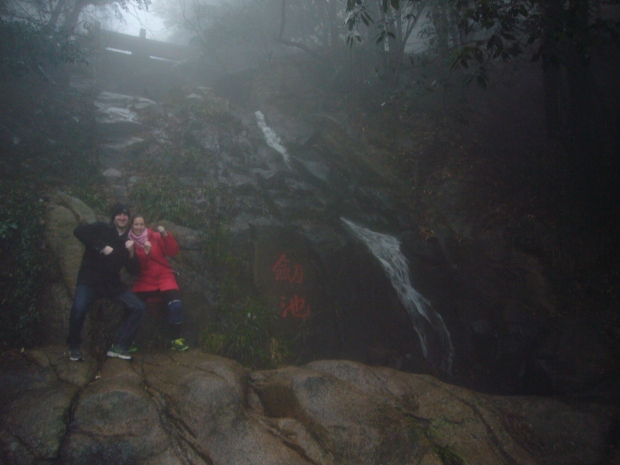
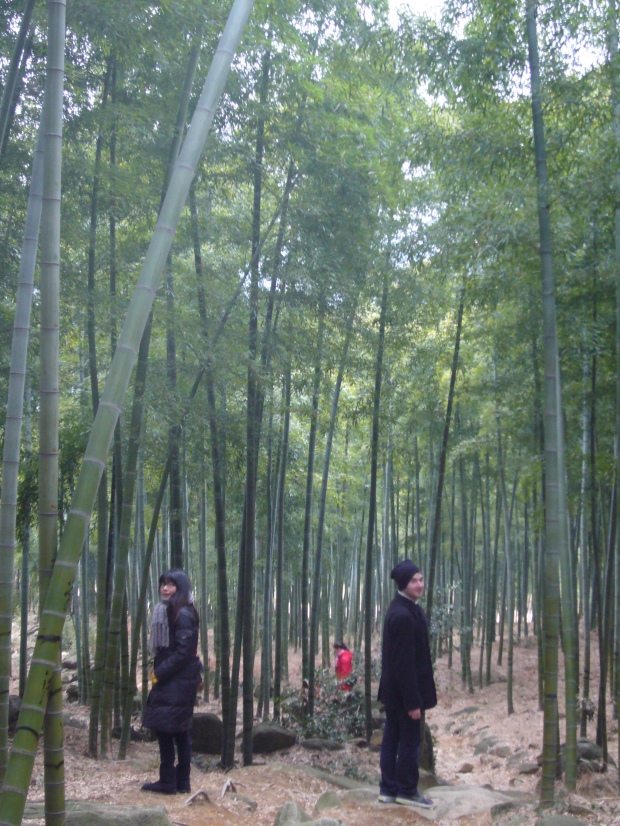
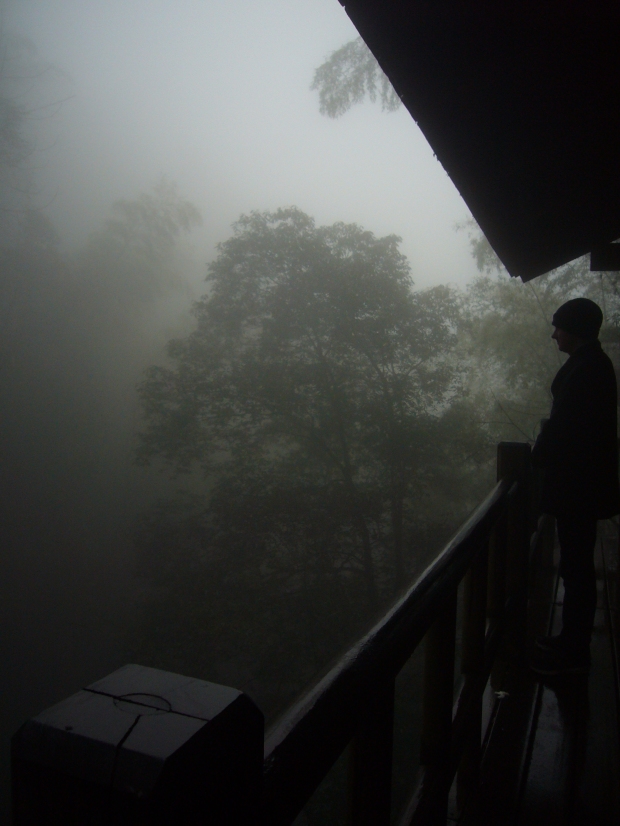
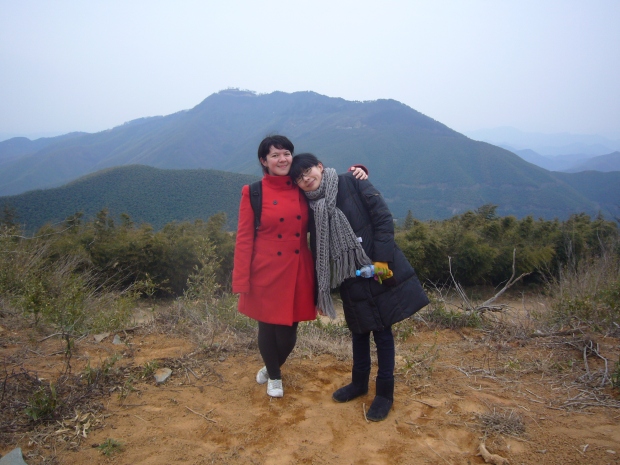
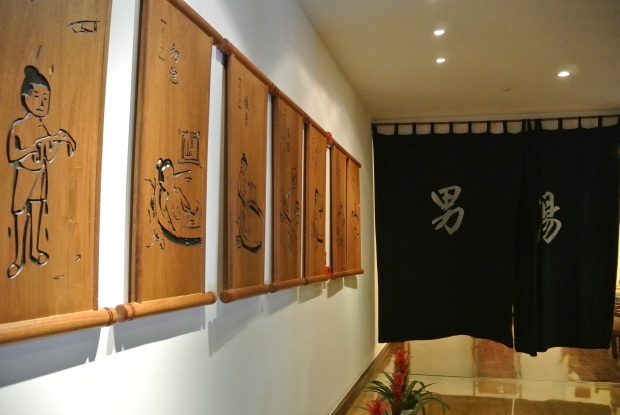
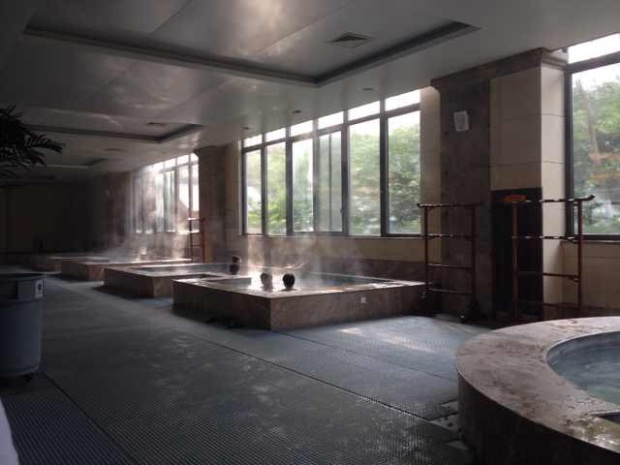
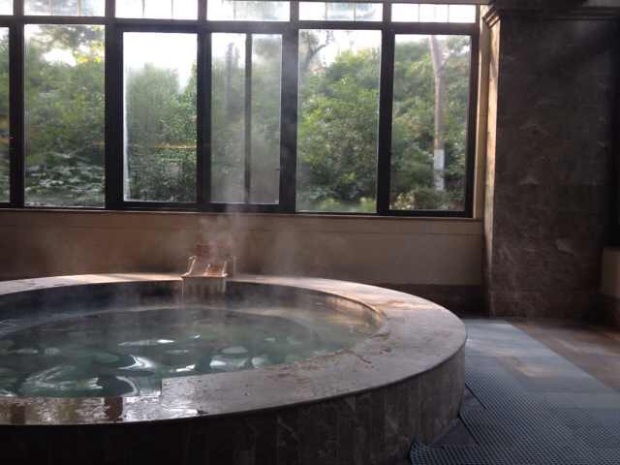
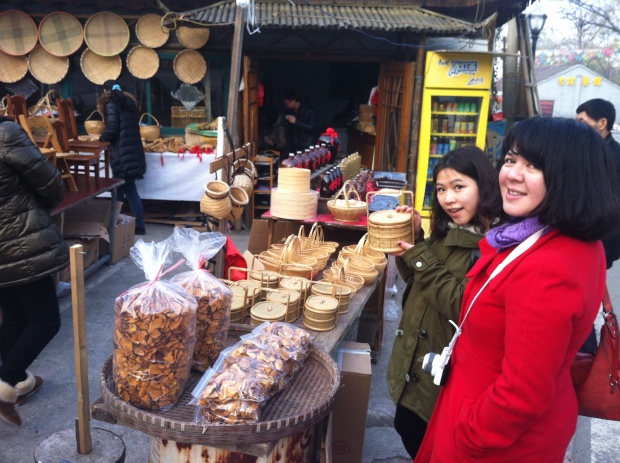
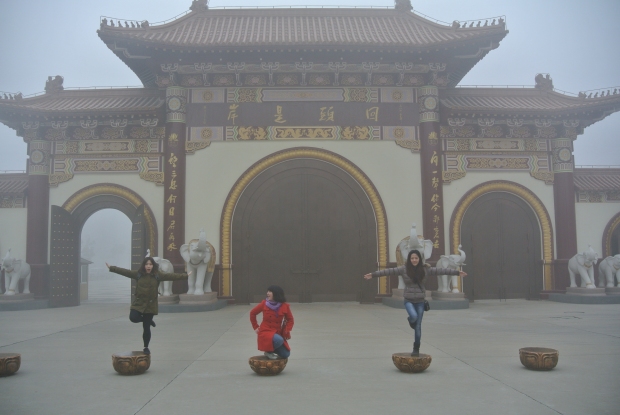
2 thoughts on “Moganshan, an Easy Shanghai Weekend Getaway”
Thank you so much! This is such wonderful and helpful information. I have been researching about places to go around Shanghai. Great blog! =)
Thank you! I’m glad it helped! Enjoy your trip to Moganshan and the hot springs 🙂